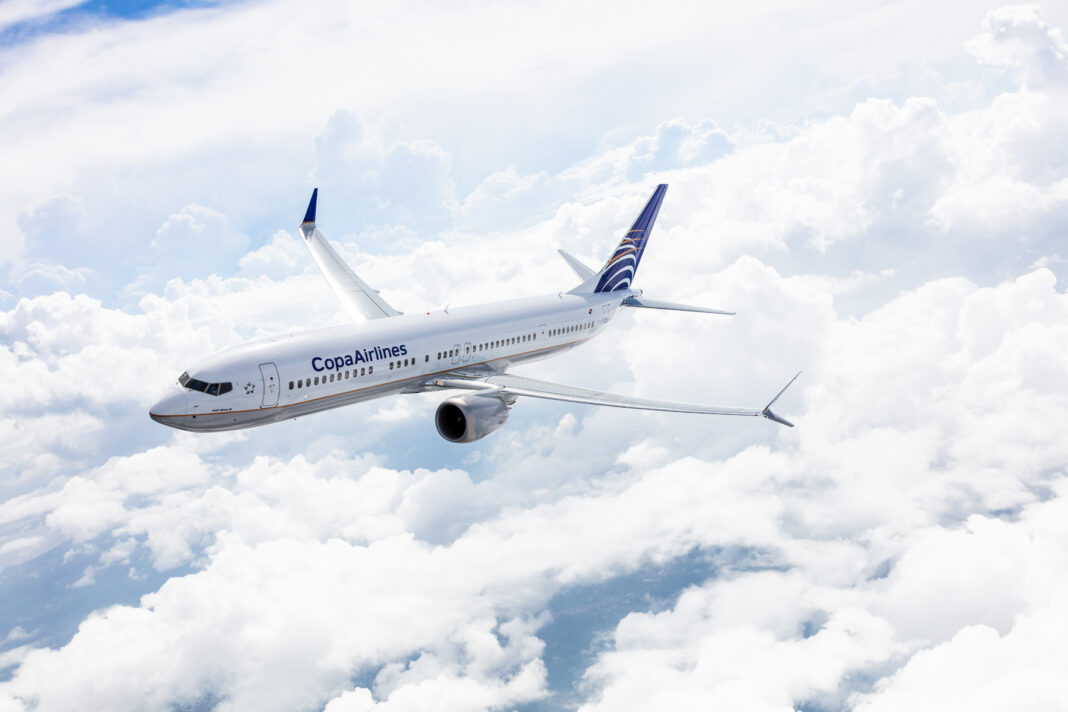During the presentation of its operating and financial results for the second quarter of its fiscal year, SAS noted that while it «continues to increase the number of operations and has recorded the highest number of passengers since the start of the pandemic,» the government has decided not to provide any more money to support the company. In addition, it continues to implement its FORWARD plan.
The state will decrease its stake in the airline.
The SAS FORWARD plan was presented on February 22, during the release of the first-quarter results. It is designed to achieve the company’s long-term competitiveness by substantially improving its liquidity position. In addition to reducing the cost structure and improving efficiency, SAS intends to convert approximately SEK 20 billion of debt into money and capital. It will also seek to raise «no less» than SEK 9.5 billion in new equity capital through new financing.
In line with this plan, Sweden’s Minister of Trade and Industry, Karl-Petter Thorwaldsson, announced during a press conference on Thursday (May 2) that «the Swedish state will not inject more money into SAS». If it seeks new loans, the state’s stake in the company will be reduced.
In this regard, Thorwaldsson stated that «the state’s shareholding in SAS will probably decrease». Currently, the Swedish state owns 21.8% of the airline; since 2010, Parliament has mandated a reduction in this position.
Related content: Scandinavian Airlines SAS lands in Canada
On the other hand, the official pointed out that the State accepted the proposal to convert the debt that the company has with the State into shares. In this regard, Thorwaldsson mentioned that although the government «accepts to convert the loans into capital», he added that «we clearly say: we will not contribute new capital. They can seek financing in other ways, and from other investors».
Financial and operating results
During the reported quarter, the airline lost, before taxes, SEK 1.6 billion. Its liquidity was SEK 8.5 billion. This is an improvement of SEK 1.0 billion compared to the previous quarter, and SEK 0.7 billion compared to the same period last year.
Total expenses for the quarter were SEK 7.8 billion. Operating income amounted to SEK 7.0 billion. Total revenue increased by 27% compared to the first quarter, an improvement of approximately SEK 5.1 billion compared to last year. However, this is still 31% below the second quarter of 2019, the last period before Covid-19.
Operationally, demand improved as travel restrictions were gradually canceled. Compared to the previous quarter, SAS carried 28% more passengers, with a load factor of 67% (11% higher).
The airline added 3% capacity when compared to the first quarter. According to the report, ticket sales continue to increase heading into the summer period, and SAS aims to operate at 80% of summer 2019 capacity this year.
FORWARD Plan
The SAS FORWARD plan aims for a comprehensive transformation of the company. If successful, it will ensure the company’s «long-term competitiveness and financial strength.» Key elements include the following:
- Cost reductions of SEK 7.5 billion per year.
- Redesign of the fleet, network, and product offering.
- Digital transformation.
- Positioning as a leader in sustainable aviation.
- Acceleration of the operating platform.
- Strengthening SAS’ balance sheet.
- Debt-to-equity conversion, and capital increase.
- Labor discussions.
SAS continues to negotiate with its unions. In particular, certain concessions have been requested from the workers in order to form a competitive business model. For the company, «that the workers give up certain benefits is an inescapable condition for the success of the FORWARD plan, and it will not be possible to raise new capital and secure the airline’s future without these sacrifices.»
According to the airline, «given the limited progress made so far there can be no guarantee that the FORWARD plan will come to fruition.» If this happens, the company would not be able to maintain its current capital structure and liquidity levels, and it cannot be ruled out that it would have to default on its future obligations.






